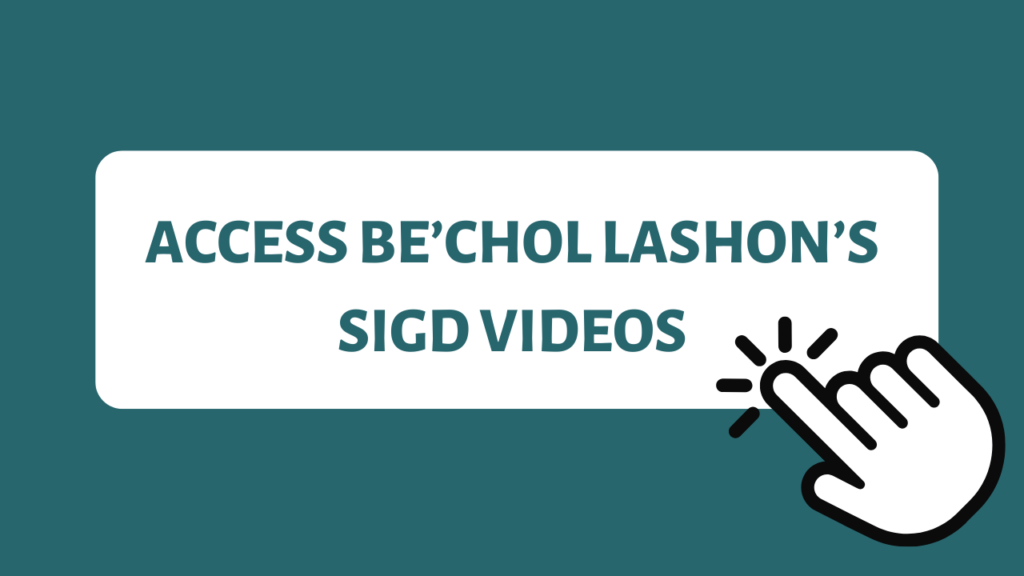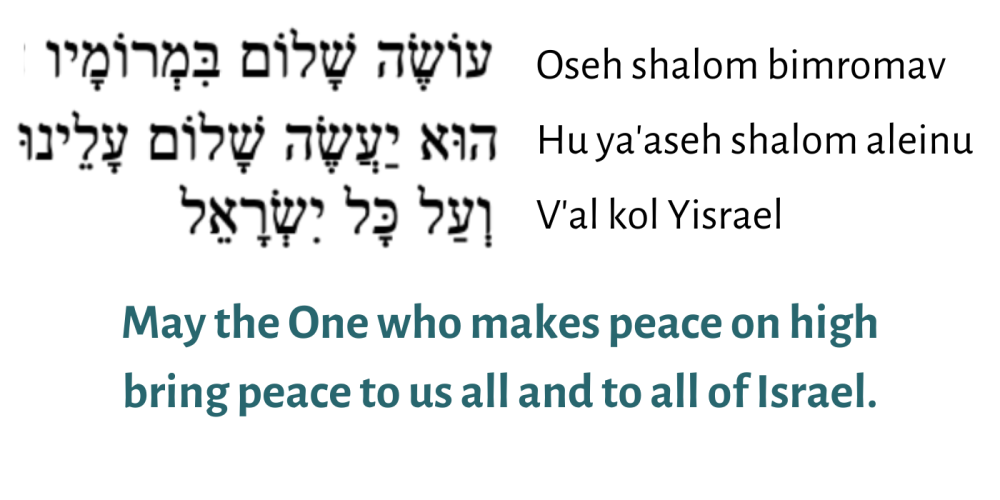Our four-part video series was made possible by the YES Fund from the Women of Reform Judaism.
At Be’chol Lashon we celebrate and prioritize diversity as a Jewish value by uplifting the historic and contemporary racial, ethnic, and cultural diversity of the Jewish people as a way to strengthen the entire Jewish community. This includes bringing awareness to holidays, traditions, and personal stories of Jewish communities from around the world which have not yet been given the same level of recognition in the broader Jewish experience. 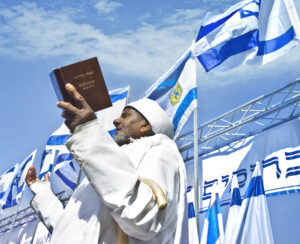
The Ethiopian Jewish community has and continues to be a historic and culturally important part of our global Jewish family. Sigd is an ancient Jewish holiday, observed 50 days after Yom Kippur. It brings together the community in solemn reflection and ritual as well as festive celebration. Through the generations it was preserved exclusively by the Jews of Ethiopia who are also known as Beta Israel, and it is now a national holiday in Israel.
We believe storytelling holds the power to help us more deeply know ourselves, relate to each other more meaningfully, and connect us to the history, memory, and tradition of being Jewish. We were thrilled that the WRJ YES Fund Grant offered us an opportunity to give voice and representation to the Ethiopian community and the Jewish holiday of Sigd through a four-part video series, bringing education about Sigd to our audience here in America and around the world. The video series was inspired by Dr. Beza Abebe. Ethiopian and Jewish, Dr. Abebe has long been connected to Be’chol Lashon and feels strongly about sharing the story of Sigd. She believed the observance of Sigd offers American Jews an opportunity to engage thoughtfully with Ethiopian Jewish history and culture and connect with Israel.
Dr. Abebe, other Ethiopian Jews, and a team of people passionate about telling stories of those who have not always been represented, worked to bring this vision into a reality. Yemenite filmmaker Dana Schneider was crucial to the creation of these videos that held personal and broad significance for her.
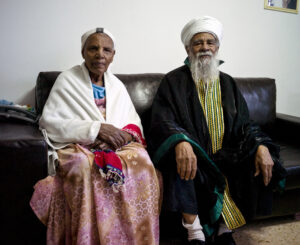 The process of creating the Sigd videos required tedious outreach to obtain the archival footage necessary to support the video’s personal storytelling. Dana remained in contact with nonprofit organizations and the IDF for months to access the archival footage. Because Sigd had not been broadly recognized for so long, there were limited resources to pull from. Without access to a digital archive, Dana physically went to the IDF’s archives in Israel to gather the necessary film and images.
The process of creating the Sigd videos required tedious outreach to obtain the archival footage necessary to support the video’s personal storytelling. Dana remained in contact with nonprofit organizations and the IDF for months to access the archival footage. Because Sigd had not been broadly recognized for so long, there were limited resources to pull from. Without access to a digital archive, Dana physically went to the IDF’s archives in Israel to gather the necessary film and images.
The struggle of finding Ethiopian visual representation reflected exactly why this project was so important to her. “I’m passionate about telling stories that, if we don’t uplift them, they might be lost altogether,” Dana explained. The Sigd video series will now help to provide at least one additional piece of representative storytelling that is necessary to continue Ethiopian Jewish history and tradition.
In reflecting on her own experiences with the project, Dana’s words embody the hope for the video’s potential to educate, expand, and deepen our understanding of world Jewry. “I look at this project as part of a big picture. We are in the process of teaching our own communities about Ethiopian Jewry. I hope this project inspires people to learn more and find more information.”
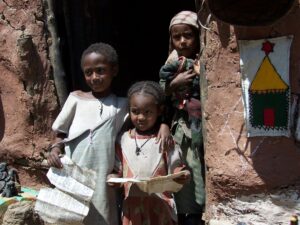 One of the most significant opportunities from this project was the chance to add new Ethiopian representation to broader Jewish storytelling. The historical and cultural similarities between the Yemenite and Ethiopian Jewish communities allowed Dana to appreciate the need and potential of the representation that would come from these videos.
One of the most significant opportunities from this project was the chance to add new Ethiopian representation to broader Jewish storytelling. The historical and cultural similarities between the Yemenite and Ethiopian Jewish communities allowed Dana to appreciate the need and potential of the representation that would come from these videos.
In uplifting the story of Sigd, Dana expressed that, “Representation isn’t just important. It is necessary for the wellbeing of all people.” Dana went on to explain how essential it is for people to see themselves reflected-whether that is on a screen, in their own environments, or on a page. “If we get in a loop of representing the same stories, we are missing out on one of the most beautiful parts of life-diversity.”
It is our hope that these videos bring authentic voices into Sigd observances in the United States and beyond, and that they support educational initiatives about the multicultural nature of the Jewish community.
Help Be’chol Lashon keep resources like our Sigd Video Series free and accessible.
Image Credits:
Photos 1-3: Joan Roth
Photo 4: Julian Voloj




